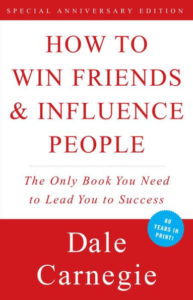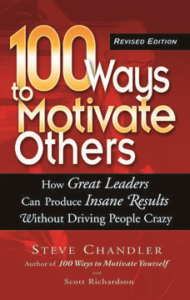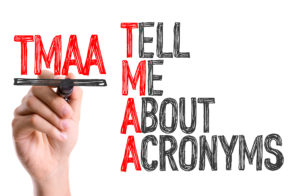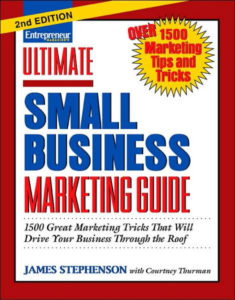Blog Content Writers Take Lessons from the Past

Alexander Pope and Sir Ross Smith lived centuries apart, but both came to the same conclusion on the topic of arguing. Both men are quoted in Dale Carnegie’s book How to Win Friends and Influence People. “Why prove to a man he is wrong? Is that going to make him like you? Don’t argue – proving you’re right doesn’t win hearts,” Smith said 100 years ago. 200 years earlier, poet Alexander Pope used different words to convey the same idea: “Men must be taught as if you taught them not.”
David Ogilby, aptly named the Father of Advertising, stressed that “advertising is not an art form, but a message with a single purpose – to sell. Postcron’s Camila Villafarie points out that the “Ogilvian” techniques that worked in the 70s can be applied today in blogging. “The man goal of creating ads, Ogilvy was fond of saying, “is not to prove who’s more clever or witty. People don’t have that much time to stop and read, so if you think you should surprise them with your words and creativity, you can do it, but never at the expense of making the sale,”,
There are several things the purpose of blogging is not. Not only isn’t the purpose to prove how clever or witty the writer is, it’s definitely not to prove how uninformed the reader is! Still, myth busting is a popular (and rightly so) use of corporate blogs, the idea being to disprove misconceptions about the product or service being offered. Addressing misinformation is certainly one way to shine a positive light on a business owner’s or professional practitioner’s expertise in the field. The only problem is that people don’t like to be “argued out” of their misconceptions, and they definitely don’t like to be proven wrong!
What about issues where there’s no “myth” involved, but on which there are differing opinions? As a long time blog writer, I tell business owners that it’s fine to take a stand, using various tactics to bolster that stance in the eyes of readers. Then, through including guest posts on their blog and also citing material expressing the opposing viewpoint, they can demonstrate that there can be a productive exchange of ideas. Blogs, after all, are not ads.
The typical website, I believe, is more like the catalogs of an earlier era, explaining what products and services the company offers, who the “players” are and in what geographical area they operate. Of course, the better websites give at least a taste of the corporate culture and some of the owners’ core beliefs.
Where the continuously renewed business blog writing comes in is to offer ideas and inspiration. For every fact about the company or about one of its products or services, a blog post addresses unspoken questions such as “So, is that different?”, “So, is that good for me?” A good idea is its own “advertisement”!
Sir Ross Smith was so right – proving you’re right doesn’t win hearts. But, unlike Ogilvy’s insistence that the prime goal is making a sale, the purpose of business blogs may be a different one – winning hearts and inspiring action!

 “Many leaders are at their best in the first hours of the morning; others hit their prime in the late morning; others still, in the afternoon”, authors Steve Chandler and Scott Richardson explain in the book
“Many leaders are at their best in the first hours of the morning; others hit their prime in the late morning; others still, in the afternoon”, authors Steve Chandler and Scott Richardson explain in the book 


Follow us online!